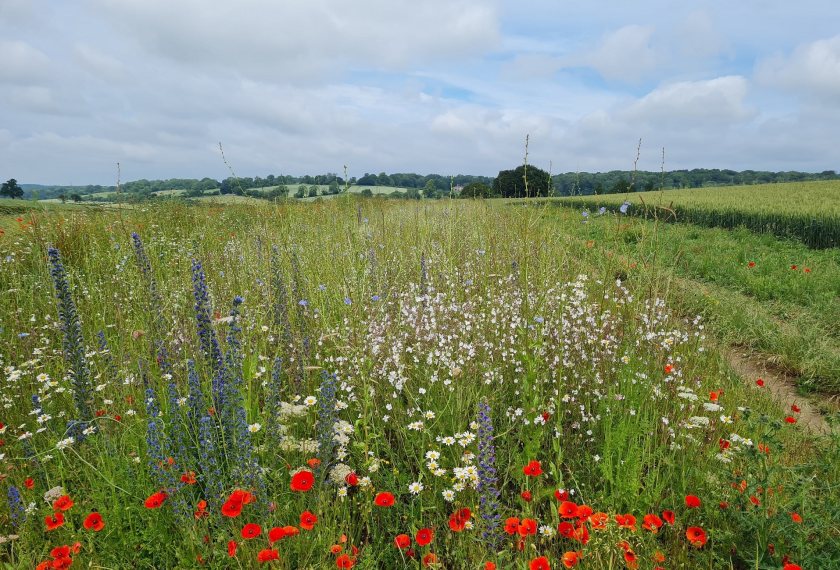
A new wildlife cover crop seed mix, which promises to be one of the best yet for farmers looking to boost biodiversity, has been developed.
The ‘Wildlife Plot’ mix is available through the government funded Sustainable Farming Incentive (SFI) pilot scheme.
The seed mix has a minimum of 20 species, mostly native perennials, providing food and nesting habitat for insects and birds all year round.
Many of the wild bird and pollinator mixes currently available are limited in what they can deliver.
They often contain less than 10 species of plant, predominantly non-natives or cultivars, and need to be re-established at least every other year.
This can leave a substantial gap with no cover, food or shelter in spring and into early summer.
The mix, developed by the Game & Wildlife Conservation Trust (GWCT), could be incorporated into the future Environmental Land Management schemes (ELMS).
Dr Francis Buner, GWCT senior conservation scientist, co-designed and trialled the seed mix at the GWCT’s Partridge project at Rotherfield Estate in Hampshire.
He said: "I’m delighted that Defra has recognised the potential for this measure to significantly boost biodiversity
“If they are established correctly, Wildlife Plots will be good for up to ten years, avoiding the time and expense of cleaning the ground and drilling every one to two years.”
The mix can be sown in one-ha blocks or minimum 15m wide strips on the edges of arable or grass fields.
As well as providing year-round food, its structure has been designed to create ideal habitats for a wide range of farmland wildlife.
The seed mix was developed following years of research across Europe into the ideal combination of plants to maximise biodiversity.
